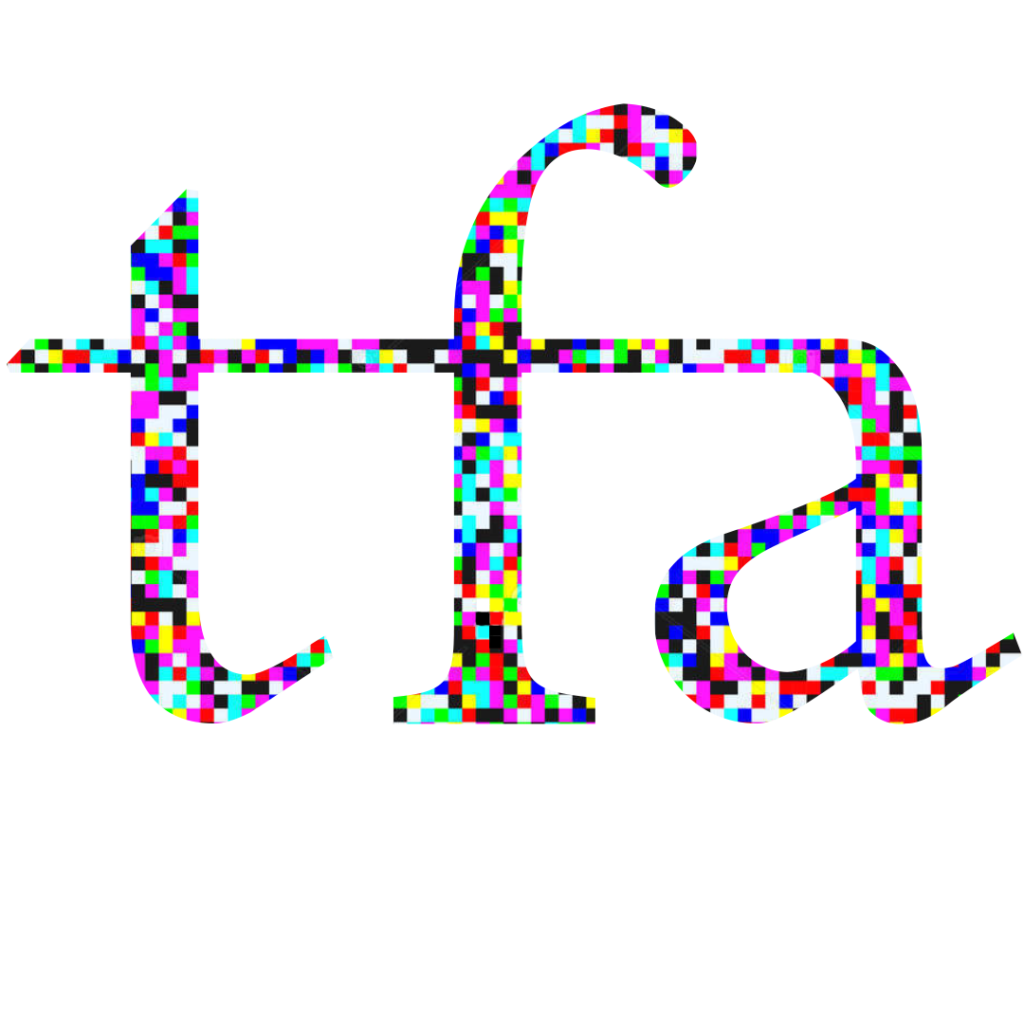TFALYFE
Keywords: animals, anthropomorphic, plants, organic, living
LET’S USE OBJECTS WITH A SOUL
Scientific research is opening up horizons that question the very idea of life as we have always considered it. The astrobiologists Stuart Barlett and Michael Wong have proposed a different definition of the concept of life, calling it “lyfe”, and showing how life, or rather lyfe, can take many different forms, endowed with different characteristics. The new focus on living forms brings with it new proposals that see animals, anthropomorphic forms, the presence of plant elements―essentially "living" objects―as protagonists.

Filicudi
Category: chair
Designer: Marcantonio Raimondi
Production: QeeBoo
Year of production: 2020
The Filicudi lounge armchair, designed by Marcantonio, is able to recreate Mediterranean magic in your everyday spaces. Inspired by the iconic profile of the prickly pear, it evokes a magical place of holiday and untamed nature. Suitable for indoor and outdoor use.

ALBERO
Category: Armchair
Designer: Roberto Maci
Production: Prototype for Giovannetti
Year of production: 2013
Albero is an armchair inspired by the iconic profile of a primary natural element. Made with a wooden structure and covered in fabric of different colors with particular attention to the use of natural materials.

teddy boy
Category: Lamp
Designer: Stefano Giovannoni
Production: QeeBoo
Year of production: 2018
Designed by Stefano Giovannoni to capture the look of an original Teddy Bear, Teddy Boy, with its mix of teddy-bear traits and “almost human” features, is a table lamp that winks irreverently at the traditional toy. The lamp features a special metal coating that adds lustre to the surface but allows it to retain its lightness. Irreverent and glam, it’s the next item in every design addict’s wishlist.

Ulivo (Olive tree)
Category: small table
Designers: Andrea Facchi and Barbara Narici of Geologika Collettiva
Production: Produced by the Designers
Year of production: 1997
This is an object created out of raw earth within which lives a small olive tree, a living object that needs care, and that grows and changes with time.

HOLY FISH
Category: Collection of ceramic vases
Designer: PIERANGELO CARAMIA
Production: I.D.E. (INTERNATIONAL DESIGN EXPEDITIONS), BRUSSELS
Crafted by: BOTTEGA VESTITA GROTTAGLIE, PUGLIA
Year of production: 2019
In the words of the artist, Pierangelo Caramia:
“I designed the collection of ceramic vases of various dimensions, titled Holy Fish, during the International Design Expeditions (IDE) excursion to Puglia. IDE is a cultural association located in Brussels. The collection was crafted by masters in ceramic art from Bottega Vestita in Grottaglie. The vases of the Holy Fish collection are part of some research that I have been conducting for some time on archaic language in design. In this research I experiment with possible relationships between the contemporary and its most remote sources, looking to find the almost “etymological” bases of the contemporary language of design. The formal reference is the symbol of ICHTUS (“fish” in Ancient Greek), a symbol used by the first Christians but one that has a more ancient origin: it was already present in Greek culture, and used to symbolize fertility. The final colouring is obtained by using mother-of-pearl enamels of various colours. Each item in this series is crafted by hand by the master ceramic artist; on its base, it has engraved a letter of the Ancient Greek alphabet which indicates the model of the series with its dimensions and its specific colour: each piece also bears my signature on the base.” Pierangelo Caramia

Carruba (Carob)
Category: Souvenir
Designer: Giuseppe Arezzi x It's Great Design
Production: Hand-made in Sicily
Year of production: 2021
Carruba (Carob) represents South East Sicily in its authenticity and rural character, far removed from the usual folklore representations. The designer, who was born in the area, has thought of an object which represents the fruit of a tree characteristic of the rural landscape of the Hyblaean Mountains. The fruit is poor and rough, and it is gathered from the ground, but it saturates the air with a sweetly pungent smell―and it represents an important item in the local economy. Free of any rhetoric, in its naked candour, the carob epitomises the deeply rural and agricultural nature of the area. Nature and artefact are united in this timeless object, which is new but at the same time ancient. It is a fruit that has its origins in this territory, and that is reproduced in the classical material of the souvenir-object: aluminium. Each carob is handmade in Sicily, using the technique of the sand mould, a sustainable process that makes the souvenir-object unique and at the same time able to be reproduced to infinity. Carob wants to give vigour to a territory that is marginal, but is also one that is rich in traditions and know-how.

Extravergine (Extravirgin)
Category: Oil cruet
Designer: ROBERTO MACI
Production: CRETE PIECE UNIQUE + STUDIO ELICA
Year of production: 2011
Extravirgin: the oil cruet for the good oil! Since ancient times, oil―the food that symbolizes the Mediterranean―has been contained in amphorae, jars, pots, skins, capase and capasoni. They are objects with a feminine shape and crafted in one material only, terracotta. In the words of Roberto Maci, the artist: «I designed this oil cruet, crafted with very fine Limoges porcelain by the Studio Elica, starting from the feminine shapes that contain the oil of the Mediterranean, passing through the many representations of the Mother Goddess to arrive at a synthesis of the Virgin».

THE IMPOSSIBILITY OF LIFE IN THE PROCESS OF ARTIFICIAL INTELLIGENCE
Typology: AI-generated photos
Designer: Sovrappensiero Design Studio
Production: Sovrappensiero Design Studio
Year of production: 2022 – 2023
«If life on earth were to become extinct, would artificial intelligence be able to survive without us? In an environment where it is no longer necessary to offer help to humans, what would AI process? It's such a remote hypothesis that no one has an answer, but I like to think that it would try to reconstruct images and elements of life on earth before total extinction. With the help of artificial intelligence, we started creating a series of trees―the most majestic form of life on earth. In an inhospitable environment and without sufficient data to process, however, the results could be dry, like the deserts that cover the planet and only rarely, by mistake, after a million attempts will they come close to reality. AI currently proves to work very well when it comes to completing tasks that have extremely clear rules, such as in the game of chess for example; but it fails in areas rich in ambiguity, such as the complexity of living organisms. From hence comes the title of the generated compositions: “The impossibility of life in the process of artificial intelligence”, in tribute to the work of Damien Hirst: “The impossibility of death in the mind of someone living”».








